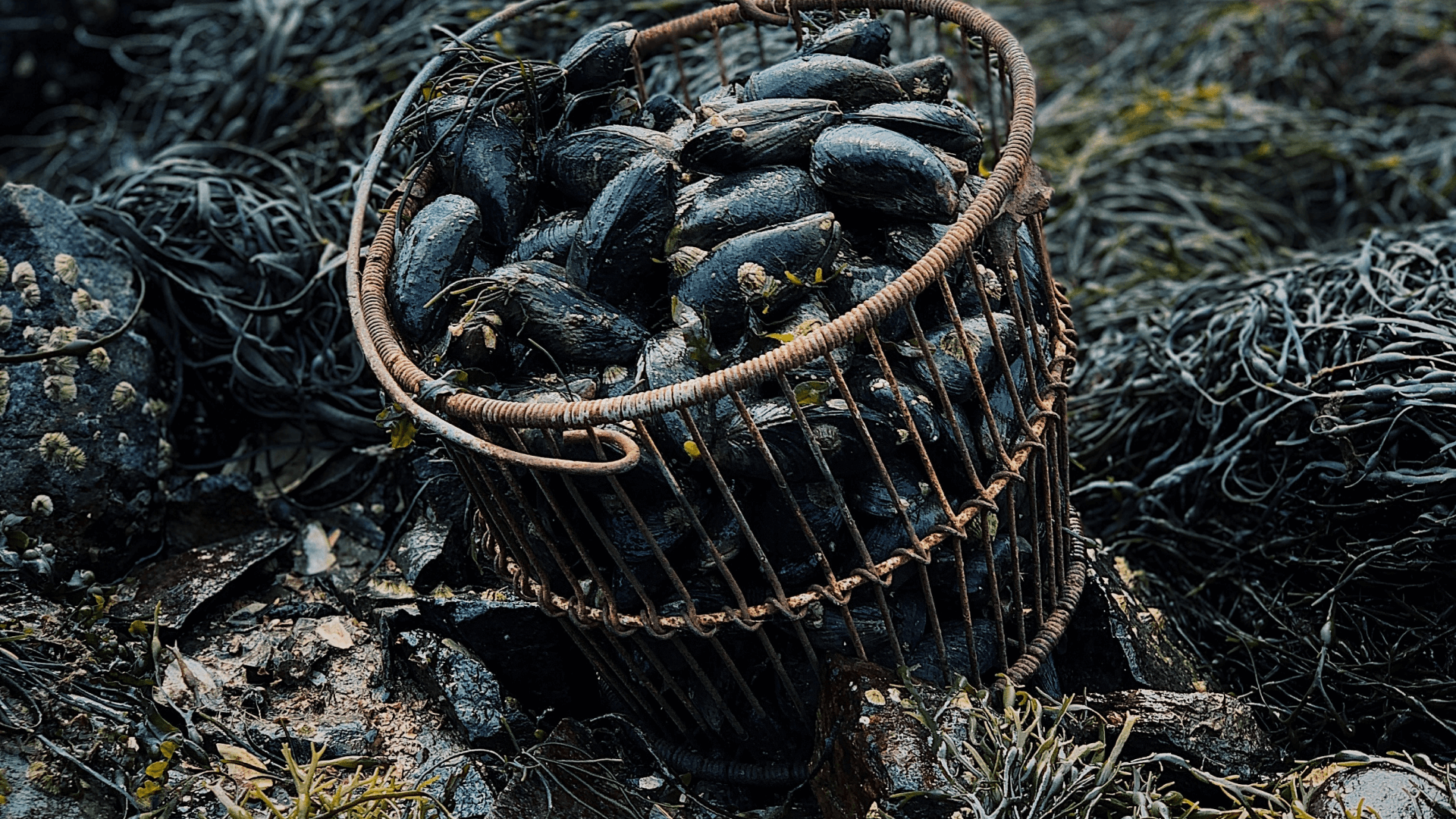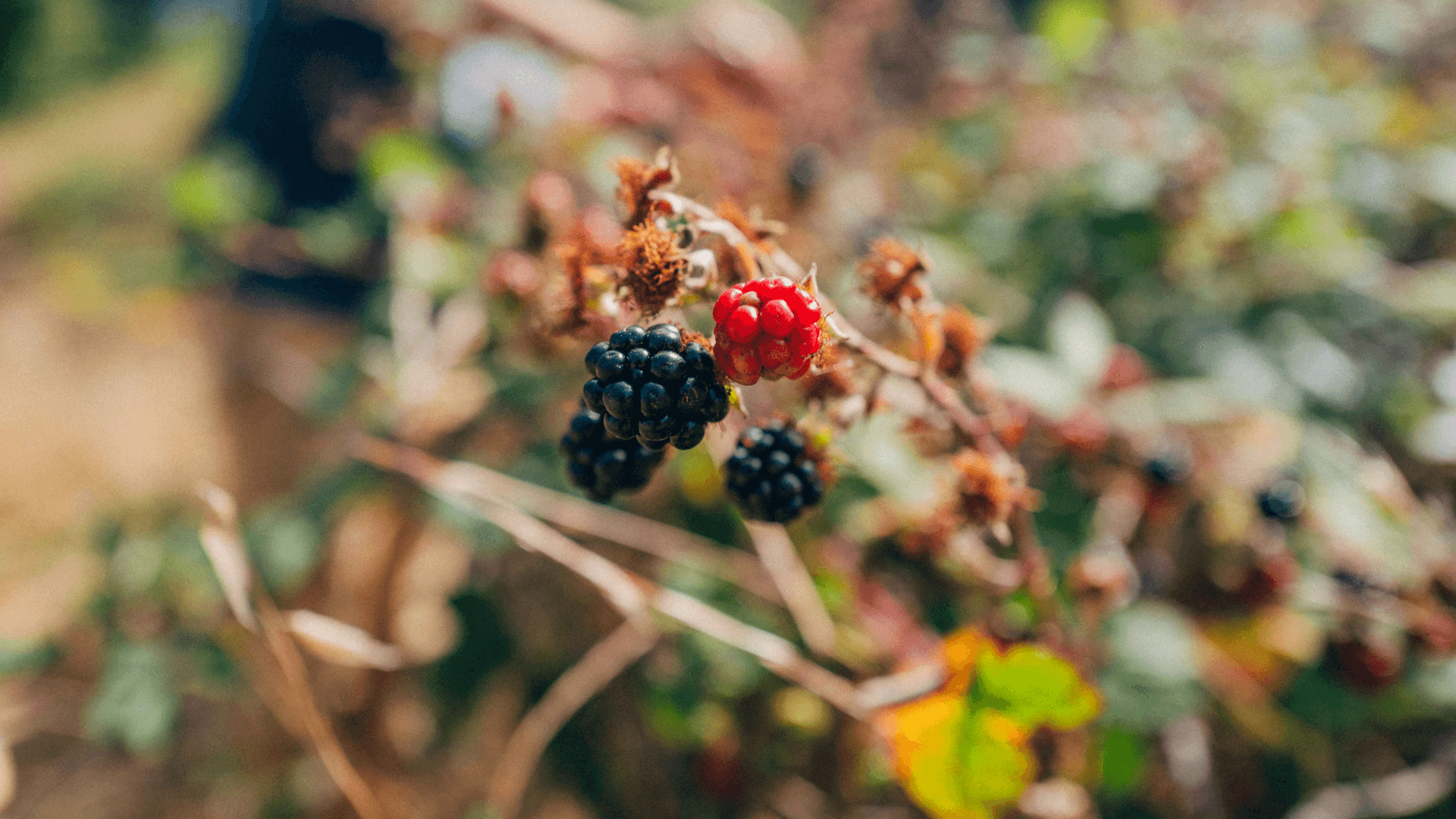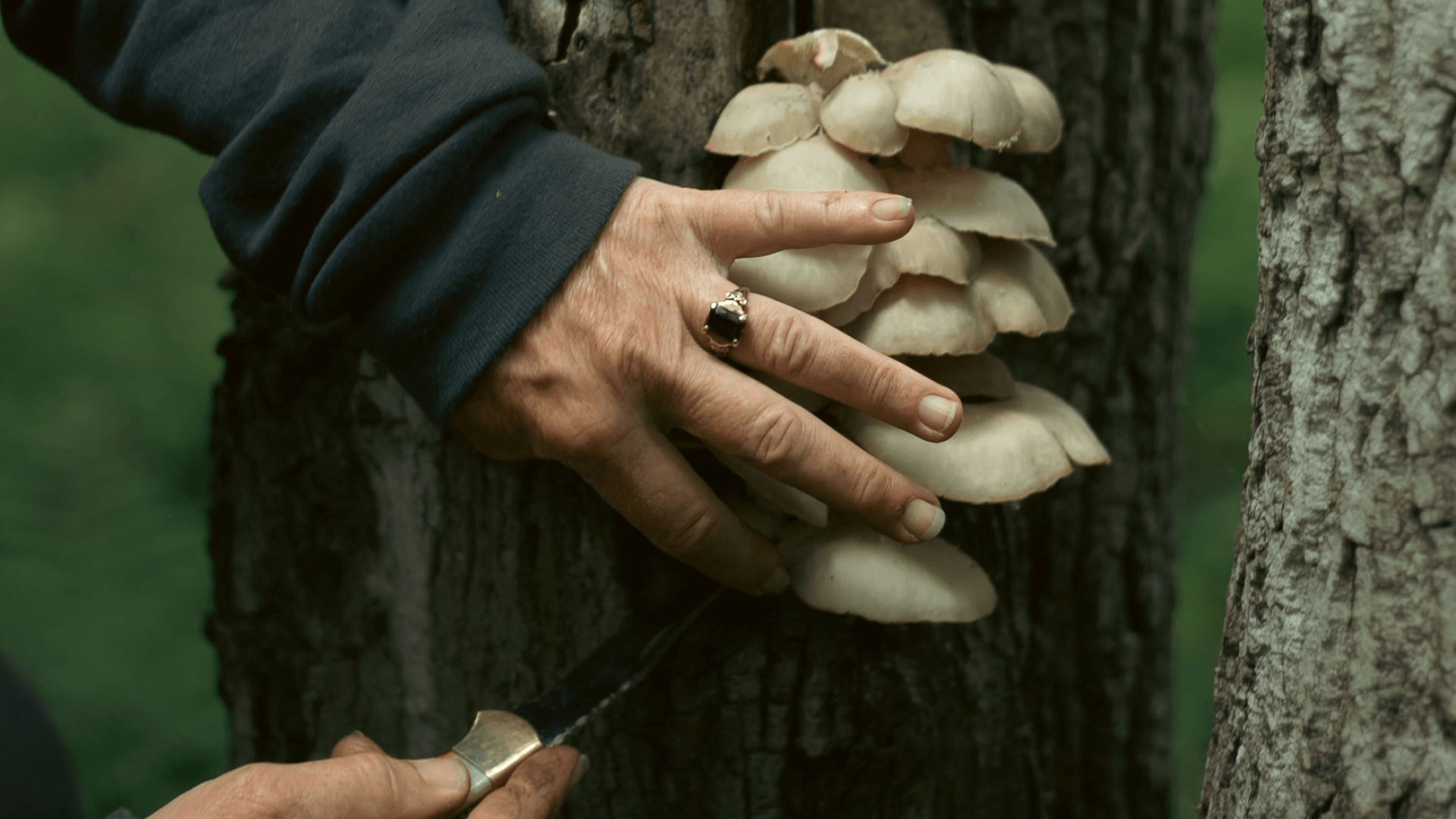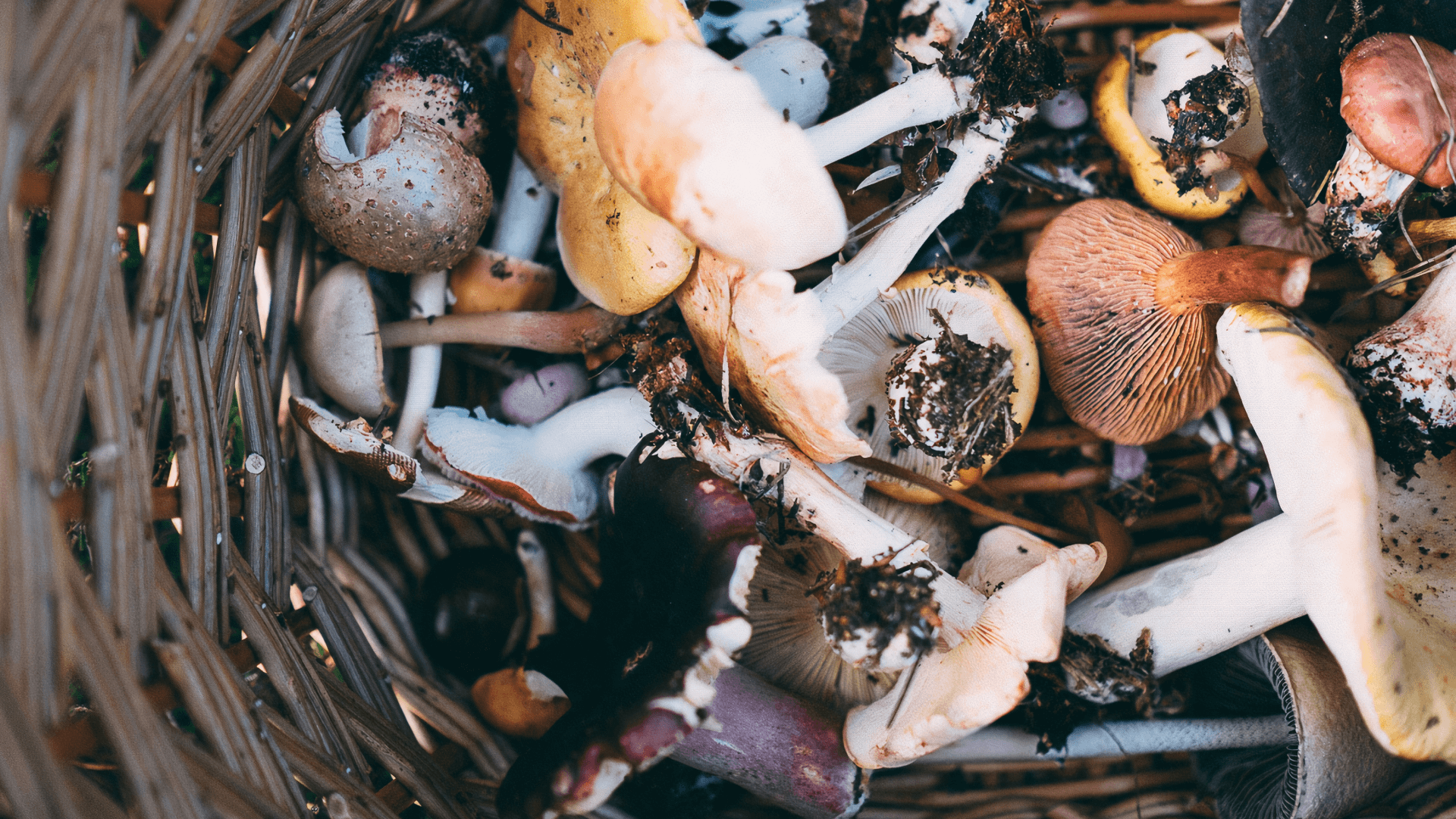In This Article:
Foraging for your own meal has a romance about it: a sense of adventure and the excitement of a treasure hunt. It requires time, patience and skill, which makes the resulting meal so much more rewarding. The idea of eating wild, hand-picked produce and connecting to nature as part of the process has sparked the interest of chefs and diners alike.
Incorporating indigenous species is a wonderful way to celebrate our abundant South African environment. We have an inspiring and often underutilised treasure trove of ingredients from both land and sea all around us. Many local species have been neglected or forgotten, as we tend to follow Eurocentric ideas of what counts as food.
We have rich and ancient traditions of nomadic hunter gatherers who have been using foraging as a way of life for centuries. – Caitlin
We are now learning to appreciate this food heritage once again.
However, a growing enthusiasm for foraging means increased pressure on often sensitive environments. Foraging as a hobby for personal consumption and large-scale wild harvesting to supply a growing industry are two very different things.
While we love this rediscovery of our indigenous bounty, it’s important to proceed with care. – Caitlin
Here is some information to start the journey into responsibly using local wild foods.
Coastal foraging
South Africa’s coastal regions are rich in edible plants, seaweeds and molluscs. Many of us aren’t aware that seaweed such as kelp, agar agar, nori, wakame and dulse can be found growing locally in our waters. Seaweed is extremely nutrient dense and can be harvested sustainably, making it a very valuable food source that deserves more attention. Limpets, mussels and sea urchins are also abundant and have many culinary uses.

Image: Unsplash, Shapelined
Our local expert on coastal foraging is Roushanna Gray from Veld and Sea. Veld and Sea offer courses with a large emphasis on the responsibility of the forager to respect the environment.
For example, she stresses the importance of always cutting pieces of live seaweed, rather than pulling off rocks, which kills the specimens and damages the heath of the rock pool.
Harvesting seaweed and collecting molluscs requires a permit, which is available from the South African Post Office, and must be renewed annually.
Foraging on land
Each season has exciting offerings for the intrepid forager: fresh leafy greens such as oxalis and chickweed, edible flowers and waterblommetjies in spring, num num and morogo in summer, and wild mushrooms and Kalahari truffles in autumn. In winter, veldkool (or wild asparagus) pops up all over the West Coast and indigenous botanicals tend to be at their most aromatic. Year round, pelargoniums, buchu, kapokbos, wild sage and spekboom can add intriguing local flavour to sweet and savoury dishes, teas and cocktails.

Image: Unsplash, Annie Jiao
The best source for information on wild edible plants in South Africa is Loubie Rusch. She has written two books on the topic: Cape Wild Foods: a Grower’s Guide and a Cook’s Guide. She runs wild food walks and cooking demonstrations, and emphasises the importance of cultivating these naturally occurring plants as the demand for them increases. This is the most sustainable way to incorporate traditionally foraged foods, as it reduces human interference in wild areas.
These plants are more suited to our environment than food crops from other areas of the world, and so can be easily grown at home. – Caitlin
Try Happy by Nature indigenous nursery for an impressive selection of local culinary and medicinal edible plants. The Oranjezicht City Farm also grows a wide range of indigenous species that are for sale on site.
In season, our forests are home to fruiting porcinis, pine rings and chicken of the woods. Mushroom foraging is notoriously risky, and requires a good knowledge of what’s safe, both for the consumer and for the health of the forest ecosystem. The Mushroom Guru is an excellent online source for more information on edible varieties and how best to harvest them. Justin Williams, known as The Mushroom Forager, runs excellent courses and expeditions to learn how and where to gather your own mushrooms. He has also published a downloadable e-book on the topic, Mushroom Hunting in South Africa, which is a useful guide for the aspiring forager.

Image: Unsplash, Fran Pa
The more you learn about the fascinating wild ingredients all around us, the more you start to notice them everywhere: on mountains and in forests, at the beach, and even in suburban gardens and on the side of the road.
It’s a perfect opportunity to think about food in a different way, and appreciate just how much our unique environment has to offer.



After the storms here in the western Cape, I discovered a lot of ‘sea cucumber’ lying on the beach at Muizenberg. I cannot find anyone who has actually cooked and eaten it. Can you enlighten me? Hoping you can! Many thanks :-D.
Hi Lydia! Unfortunately, I don’t have any experience cooking or eating sea cucumbers, but there are many resources available online if you’re interested in learning more. I’ll reach out to Caitlin Kennedy to see if she has any experience or advice. That being said, after all the storms, it’s best to avoid eating anything that you find on the beach, as it may no longer be safe to eat.